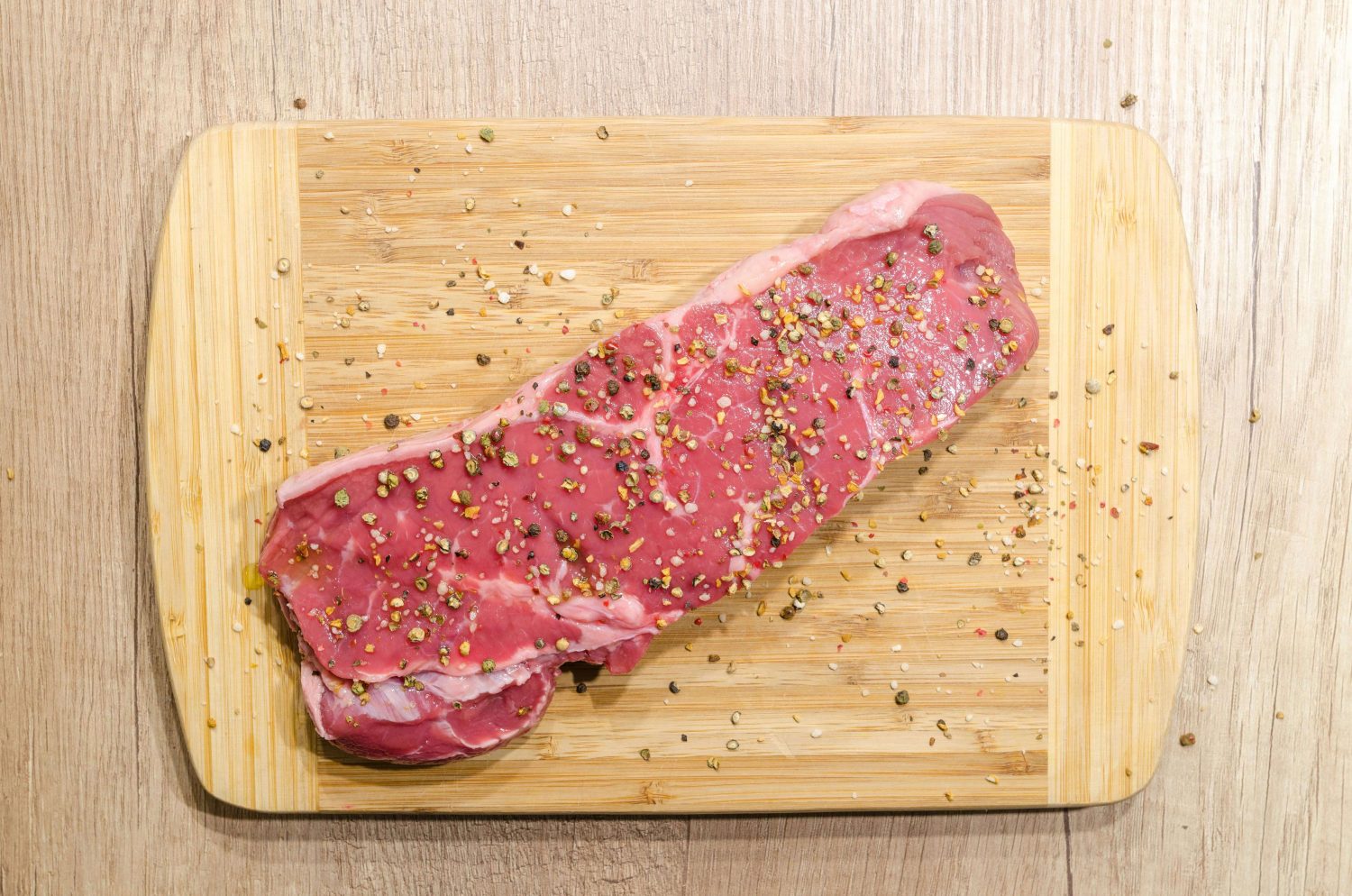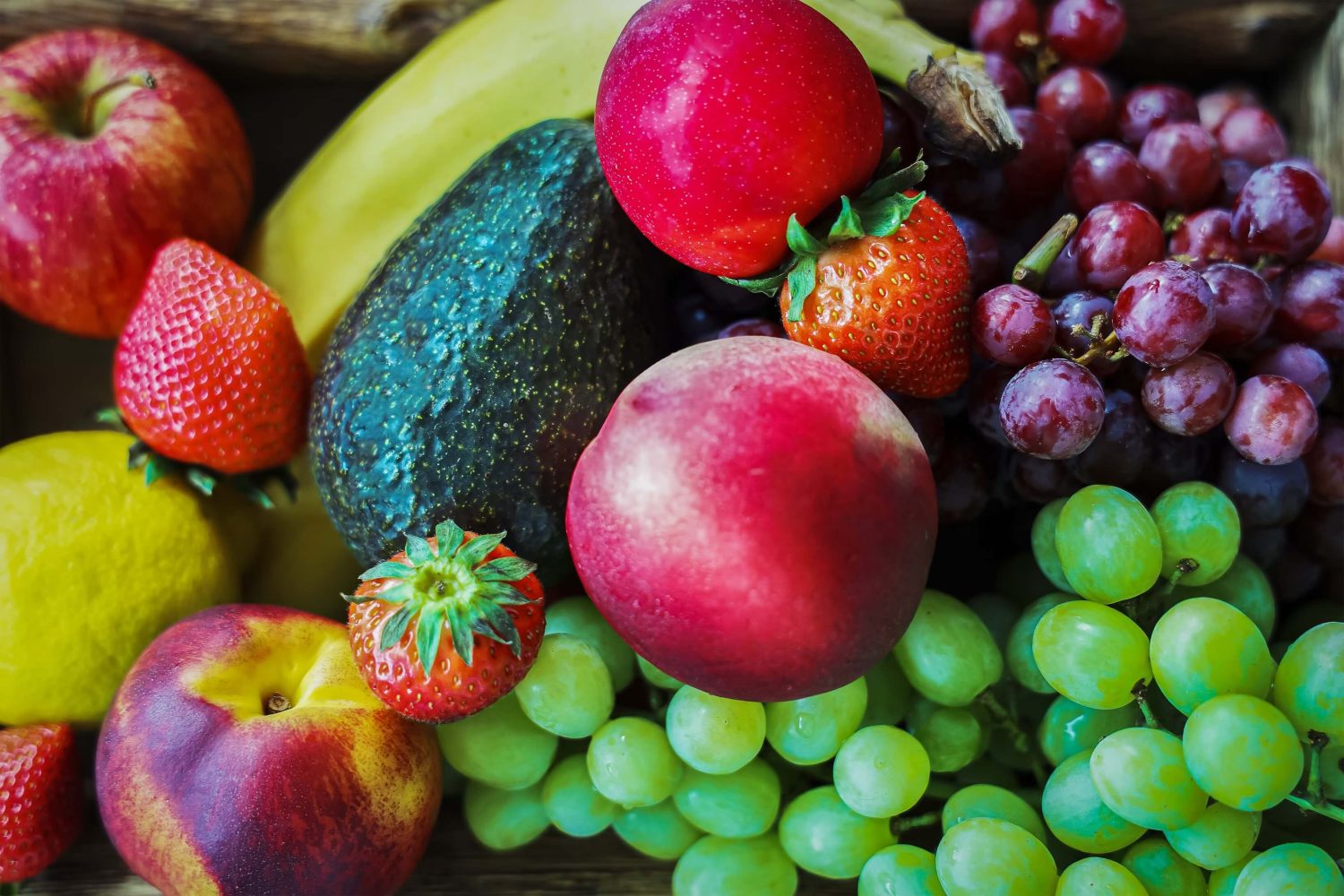Acid-base balance: foods for a healthy diet
As a balance between the acids and bases in the human body, the acid-base balance is heavily dependent on nutrition. What a person eats determines whether acidosis develops or not. This article shows which foods have a positive influence on the acid-base balance and what should be avoided.
How does the acid-base balance work?
The acid-base balance is in equilibrium when the pH value of the blood has the ideal value of 7.4. It is neither too acidic nor too alkaline, which means that acids and bases are ideally balanced.
However, acids are produced in the body through various processes. In the long term, these can lead to acidosis, which can be accompanied by symptoms such as discomfort, headaches, digestive problems and premature signs of ageing. Acidosis also increases the risk of certain diseases.
The acid-base balance is influenced by factors such as a person’s lifestyle and diet. Certain illnesses can also lead to an imbalance, which is why it is always advisable to seek medical advice. As it is particularly important what you eat in order to keep your acid-base balance in equilibrium, it is important to look at foods and their individual properties.
How are foods categorised in terms of acid-base balance?
When it comes to acid-base balance, there are some foods that are more recommended than others. Strictly speaking, they are divided into three categories:
Bad acidifiers
Good acidifiers
Alkalis
As the name suggests, bad acidifiers should only be eaten in moderation. Such foods quickly lead to an excess of acids, which favours hyperacidity.
Good acidifiers, on the other hand, can be integrated into the diet in moderation. It is even important to eat such foods in order to keep the acid-base balance in equilibrium.
It is healthiest to eat alkalising foods. These foods do not promote hyperacidity, but strengthen the body’s health and keep the pH value of the blood constant.
What are acidifiers and alkalis?
In order to optimise your diet for a balanced acid-alkaline balance, you first need to understand how foods affect the body. When is a food an acid or alkaliser?
Acid formers or “acidic foods” do not necessarily have an acidic flavour. It’s more about how they affect the body. This depends on the substances that are produced when they are broken down. Acids are produced in the body when such foods are metabolised. These in turn favour hyperacidity.
However, if bases are produced when a food is metabolised , it is referred to as an alkaline food or an alkaliser. This category also includes foods that stimulate the body to produce bases itself.
As bases are substances that are able to neutralise acids, it is extremely important to eat appropriate foods.
However, if the acid load is too high and is not counteracted by an alkaline diet, the body removes calcium from the bones. This can damage the bone structure and lead to osteoporosis. The risk is increased if the body is supplied with very little calcium but a lot of protein.
The acids are initially stored temporarily in the connective and fatty tissue until they are neutralised. If the body is only supplied with acids through fast food, for example, so that it cannot excrete them, the connective tissue slackens and the ageing processes of the skin are accelerated. This is also the reason why wrinkles and cellulite are frequent consequences of hyperacidity.
Furthermore, the red blood cells become rigid and can no longer pass through small blood vessels as well. The hands and feet become cold, the heartbeat is impaired and the autonomic nervous system suffers. Tiredness, sleep disorders and digestive problems are the consequences.
Alkaline and acidic foods – what do you eat to maintain an acid-alkaline balance?
But what foods should you eat to keep your acid-base balance in equilibrium and counteract acidosis?
Acidic foods

Acid-forming foods can usually be identified by their high protein content. This increases the formation of acids during metabolisation. These include the following foods:
Meat, sausage products
Fish, seafood
Eggs
Dairy products (except whey) and cheese
Cereal products such as bread and pasta
Soft drinks due to their high sugar and phosphoric acid content
Pulses (except green beans)
Refined oils, animal fats
Industrially produced foods
Alcohol
However, not all foods are bad without exception. Some can be safely eaten as they do not have a negative effect on the body. They are known as the “good acidifiers” .
Foods that do not burden the acid-base balance and can be consumed in moderation include wholemeal cereals, pseudo-cereals such as buckwheat, pulses, nuts and various acid-forming vegetables. There is also a trick for distinguishing bad acidifiers from good acidifiers: If a food only has an acid-forming effect on one or two levels and still fulfils ecological criteria, it is considered a good acid-former. However, if it triggers many processes in the body that contribute to acid formation and harm the body without offering any significant nutritional value, it is considered a poor acidifier.
You should therefore only completely avoid white flour products, industrially produced foods, soft drinks and other sugary foods as well as alcohol.
Acid-forming foods often contain a lot of acid-forming amino acids and minerals. These include chlorine, iodine, phosphorus and fluoride. They are only able to stimulate the body’s own acid formation – but not alkalisation. Slags can also be caused by the consumption of poor acidifiers. Sugar, caffeine, alcohol and synthetic additives such as colourings and preservatives are the main contributors.
While alkalis have an anti-inflammatory effect, acidifiers promote the development of inflammation in the body. They can therefore also exacerbate existing inflammation. This is due to the inflammation-promoting fatty acids they contain – the so-called unhealthy fats.
Alkaline foods

To keep the acid-base balance in equilibrium, alkaline foods can be eaten without restriction. They are extremely important for health. The list of healthy foods is long, which is why it is not possible to give a complete list:
Most fruit and vegetables
Herbs and salads
Mushrooms
Certain nuts such as almonds and walnuts
As already mentioned, alkalis can also taste sour, which has no influence on acid formation during metabolisation. Lemons and vinegar are therefore considered to be wonderful alkalis that should have a firm place in a balanced diet.
There are a few criteria that all alkalising foods fulfil:
Minerals: alkalising foods contain many minerals and trace elements such as magnesium, potassium, iron and calcium.
Few amino acids: Acidifiers contain many amino acids, the breakdown of which produces sulphuric acid. This is not the case with alkalis.
Bitter substances: Alkalising foods often contain bitter substances that cause the human body to produce alkalis itself.
Plant substances: Antioxidants, vitamins, chlorophyll, secondary plant substances etc. support the body in various detoxification processes. They also strengthen the immune system and neutralise waste products, acids and toxins.
High water content: Most alkaline foods contain a lot of water, which helps to keep the body sufficiently hydrated. This makes it easier to eliminate waste products and acids.
Food supplements are also often integrated into the diet when it comes to balancing excess acids. However, you should make sure that you only consume high-quality supplements. In addition, such products are merely a support and are not a substitute for a healthy and balanced diet. Kingnature offers a large selection of helpful vitamins and minerals.
What is the optimal diet for an acid-alkaline balance?
A healthy diet should be alkaline-rich. To keep the acid-base balance in equilibrium, you should therefore eat more alkaline-forming foods than acid-forming foods. Nutrition experts recommend the following composition:
70 – 80 % alkalising foods
20 – 30 % (good) acidifiers
Now you might think that a diet consisting exclusively of alkalising foods is what we should be aiming for. However, this is not the case. As the acid-alkaline balance already indicates, there should be a permanent balance. Although alkalis should make up the majority, acids are also needed for various processes in the body.
A purely alkaline diet is not recommended as a permanent diet. It should only be used as a kind of detoxification programme. If the body is acutely over-acidified and needs to get rid of the excess acid, a diet consisting exclusively of alkalis can be effective.
Conclusion
The acid-base balance depends heavily on the foods a person eats. In order to maintain the balance between acids and bases, it is important to eat primarily alkaline foods and good acid formers. If acidosis develops, this has a detrimental effect on health and well-being .